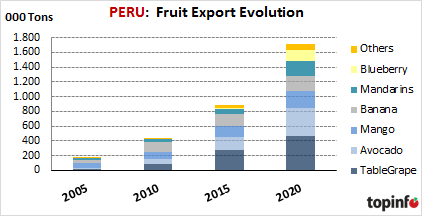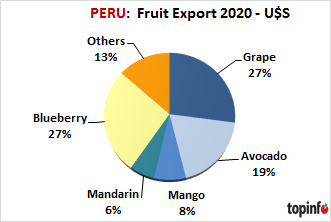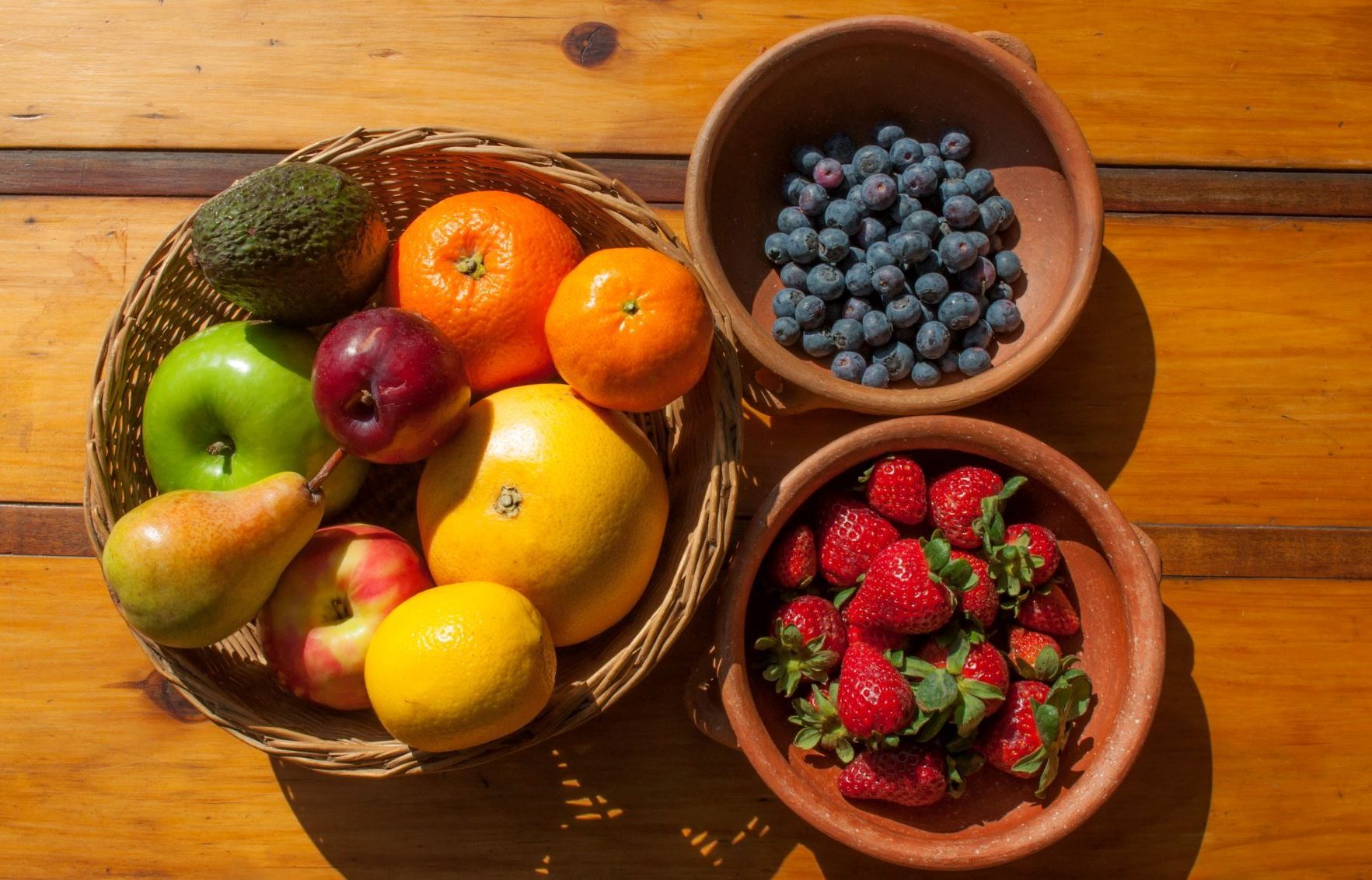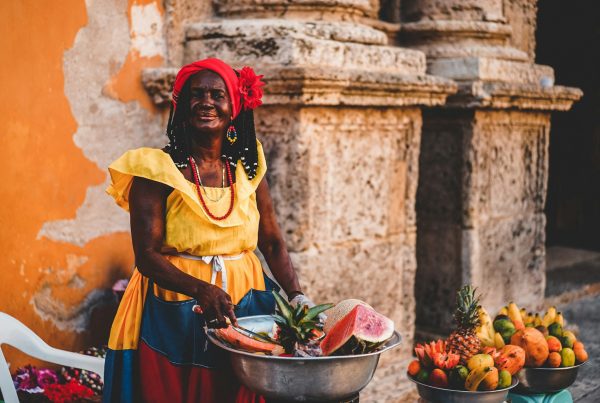Newsletter 128 – 04.01.2022
Peru appeared in the world of fruit growing just 15 years ago. Since then, it has evolved vertiginously, reaching new records year after year. Currently, it is among the top 10 fruit exporters in the world. It is interesting to analyze the reasons that led to this success, as well as the risks it faces.
The history of fruit growing in Peru is quite incredible and resembles a story. How in so few years could a country go from being an almost insignificant exporter to a world power? Thanks to this, it has managed to rank among the top 10 fruit exporting countries in the world in recent years. In the southern hemisphere, Chile is still the leading exporter, but Peru is reaching Chilean values and has overtaken South Africa and other southern countries.
The most successful fruits of Peru are the blueberry, grape, avocado and easy peeler. Its exports have multiplied by six during the last decade. Mango and banana also gain importance, although their advances were more moderate. Fruits of lesser importance are the lime, tangelo, orange, raspberry, pomegranates. The ranking according to volume is: grape, avocado, mango, banana, easy peeler and blueberry. If the exported value is taken into account, in 2021 the blueberry stands out in the first place, whose export generates an income to the country of almost one billion dollars, having surpassed that of grapes and avocados.


This success was possible thanks to a change in the political-economic approach of the country that took place under the government of Ing. Fujimori (1990-2000). Among other measures, he opened the Peruvian economy to the world, facilitated foreign investment, carried out a tax reform and privatized companies. The expansion of fruit growing in the coastal zone was possible thanks to huge investment projects, through which water was brought from the Andes to the coastal valleys. Thanks to irrigation and infrastructure works, huge areas were freed for the cultivation of fruit trees. Besides this fact, there are other several factors that favored fruit development. One is the climate that prevails on the Peruvian coast, which is uniform throughout the year, without extreme temperatures and the absence of rain. The lack of cold is compensated with pruning.
On the other hand, enough cheap labor is available for the harvests. The latest reforms have improved the worker's situation, but despite this, Peru continues to have lower labor costs than its competitors. On the other hand, it has a young and active business community, open to improvements, which has sufficient means to make the necessary investments, even if these are very expensive. Its open posture to the world facilitated the insertion of Peru in the fruit trade, achieving rapid advances. In a short time, Peru managed to sign multiple protocols and open numerous markets.
In the initial years, many challenges inherent to the prevailing agroecological conditions had to be faced. The lack of cold was solved mainly through pruning and the selection of the best varieties. It was also necessary to adjust the irrigation, as well as the other crop cares. There was a lot of trial and error. But after a period of learning, there is no doubt that fruits were the most successful crops on the Peruvian coast.
Most of its exports go to the USA and Europe. The importance of each of these regions varies according to fruit. While in blueberries, grapes and easy peelers there is a greater participation of the USA; in avocado, mango and banana Europe prevails. These two destinations receive between 80-90% of shipments. A relatively smaller percentage goes to Asia (10-15%). Eastern Europe, the Middle East and Latin America are secondary destinations.
It is difficult to predict what will happen in the next few years. Obviously, the expansion of crops will bring new challenges, such as health, logistics, trade and labor. Another point to consider, is the growing demand by consumers in northern markets for a more sustainable production, friendly to the environment and with social improvements. There is a growing interest in knowing these aspects in the different supplier countries.
Climate change is another difficultly predictable challenge. This affects most of the fruit growers in South America, who depend on the water supply from the Andes Mountains. Glaciers are shrinking rapidly; snowfall and rain are becoming increasingly scarce. Through changes in the management of crops, the election of species with lower water demands, the improvement of irrigation and the implementation of new technologies, it will be possible to face the growing scarcity of water.
But the most probable thing is that Peru will continue to assert itself as a supplier of fruits to the world, thanks to the advantages it has, such as the climate, the workforce, the possibility of making investments and its open policy.







